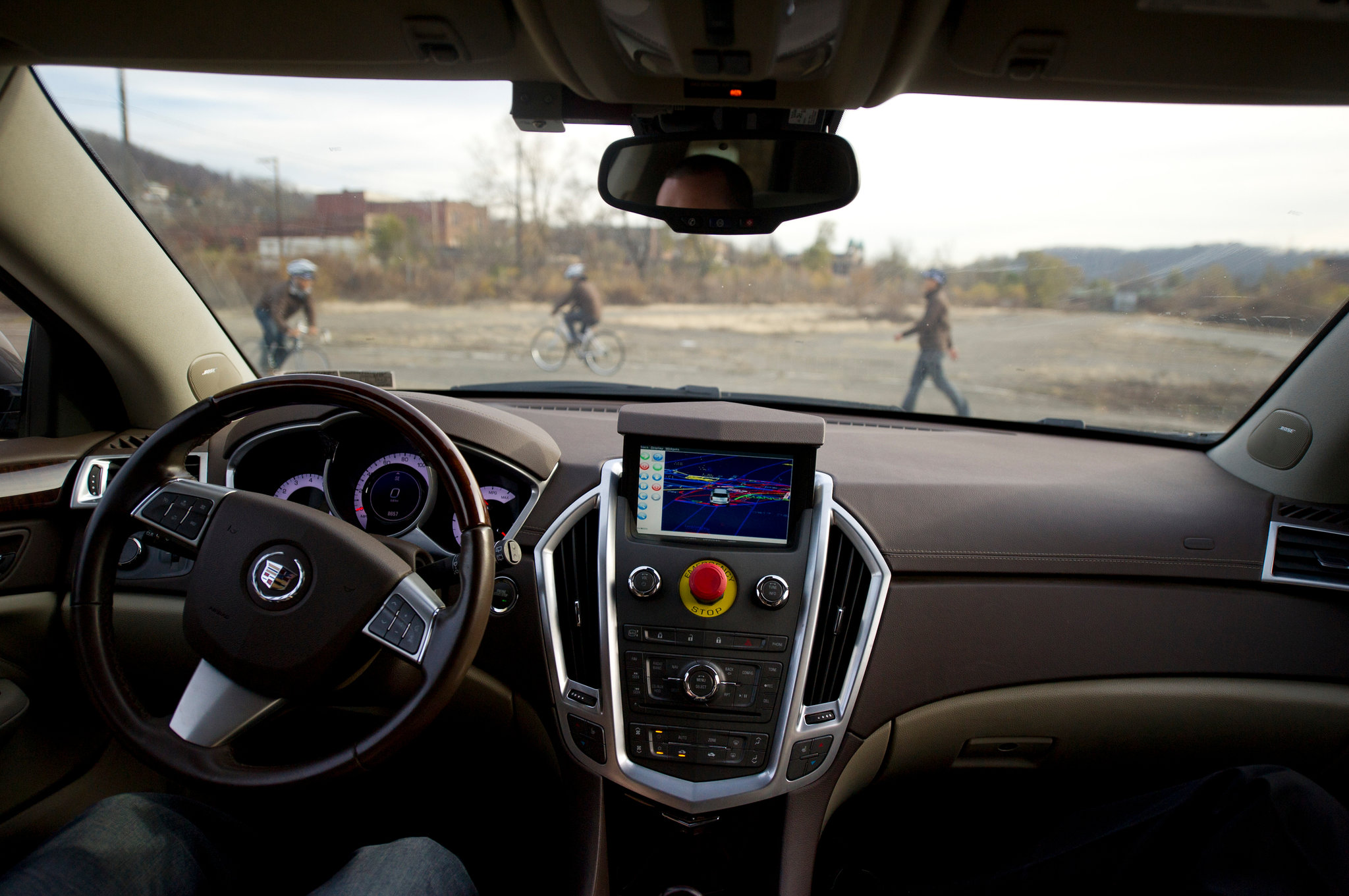Robomobils in the United States allowed to test on public roads in all states

The problem with access to the road of ro-mobility in our time is that the legislation of many (and almost all) countries does not provide for the possibility of cars with an autonomous control system on the public roads. Testing at landfills is one thing, but testing a robotic car on a regular track is another.
Understanding this problem, lawmakers in a number of countries began to prepare bills that would allow machines with a computer control system not to be released to a test site, but to the road where cars with drivers go. The other day it became known that in the USA they succeeded in this plan - here they allowed the rob-mobiles to drive on the routes of all states. Previously, only some roads in California, Nevada and several other states were available for cars with automatic control systems.
The decision was taken unanimously, so that now car manufacturers will be able to soon release hundreds of thousands of mobile vehicles to the roads of the country. Naturally, the regulatory norms remained, and only those cars that meet all the norms of federal legislation will get access to the tracks.
The vote in question has put an end to the confrontation between supporters of safe traffic on the roads and those who believe that progress must go forward, including the automotive industry. At the same time, systems produced on the road will have to pass many tests before they are allowed to work normally.
According to the developers of such cars, the robotization of the automotive industry will significantly reduce the number of accidents. In accidents, usually the weak link is the person. If the vehicle’s movement is controlled by a computer, then the probability of error, although it exists, is still much lower than in a normal situation when the car has a steering wheel and the driver is a driver. “Robomobils can save lives, since in most cases accidents are provoked by humans,” said Debbie Dingell who voted for the bill.
It is clear that without the support of the supporters of this bill it would be difficult to achieve its adoption. This was facilitated by the world's largest automakers, including Ford Motor, General Motors, plus Tesla and Waymo (a division of RoboMob Alphabet division).
The National Highway Traffic Safety Administration has added the relevant standards to its provisions. It is responsible for the safety on the roads, and also understands difficult situations, such as the Tesla accident and the driver’s death. The Office will present the updated standards as early as next week in Michigan, USA.
Laws were not taken suddenly, this was preceded by the serious work of lawyers, legislators, the same automakers, which were discussed above. Some states have been allowed to experience robomobils on their roads before. But at the same time there were demands, and quite a lot. In particular, in California, Michigan and New York, they were offered to equip the ro-mobiles with the steering wheel and pedals. Plus, such systems had to be completely electric, not even hybrids. These additions were offered not out of harm, but in order to increase the level of safety of the car and all road users. In the past, the Office simply did not pay attention to the regulatory problems of ro-mobiles, and individual states had to deal with the departments themselves.

The new law allows manufacturers of cars with a computer control system to put 25,000 cars on the roads in the first year after a change in legislation. For four years, these companies have the right to produce 100,000 cars.
Supporters of "manual" control of cars believe that the legislation should be supplemented with paragraphs that would say about the need to equip robomobile steering wheel, brake and airbags. According to some representatives of this point of view, the new bill threatens Americans, both pedestrians and motorists.
Nevertheless, supporters of robots, and most of them, believe that the legislation is outdated and needs to be changed at a rapid pace. And items like those that were voiced above are not needed.
Now, the relevant work on changing the legislation regulating the transport sector is also being conducted in European countries, where, as far as can be judged, the exit of rob-mobile vehicles on public roads is also not far off.
All Articles